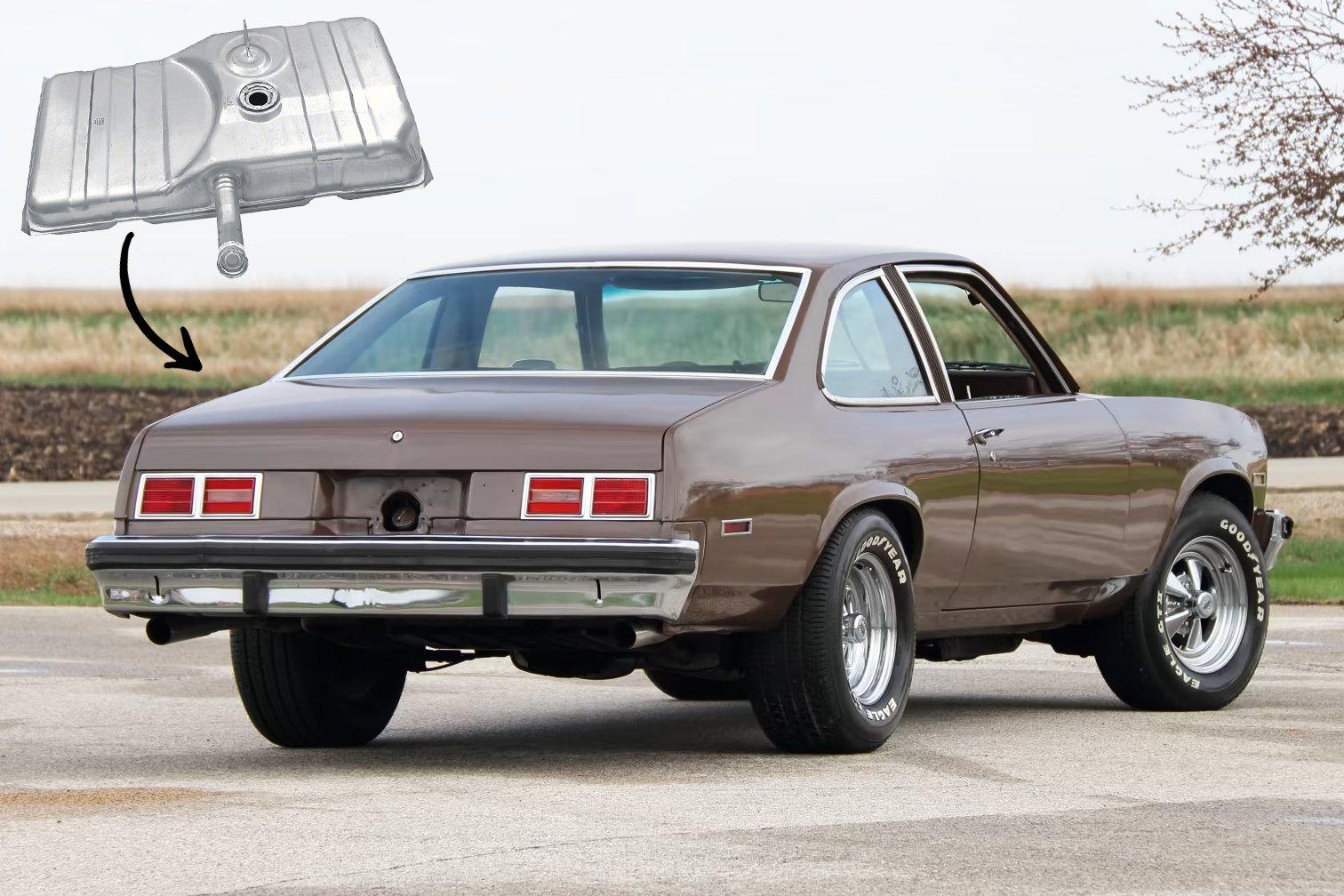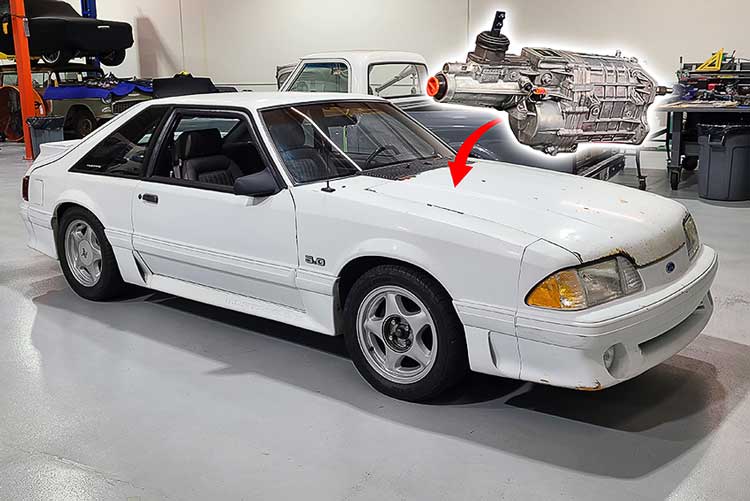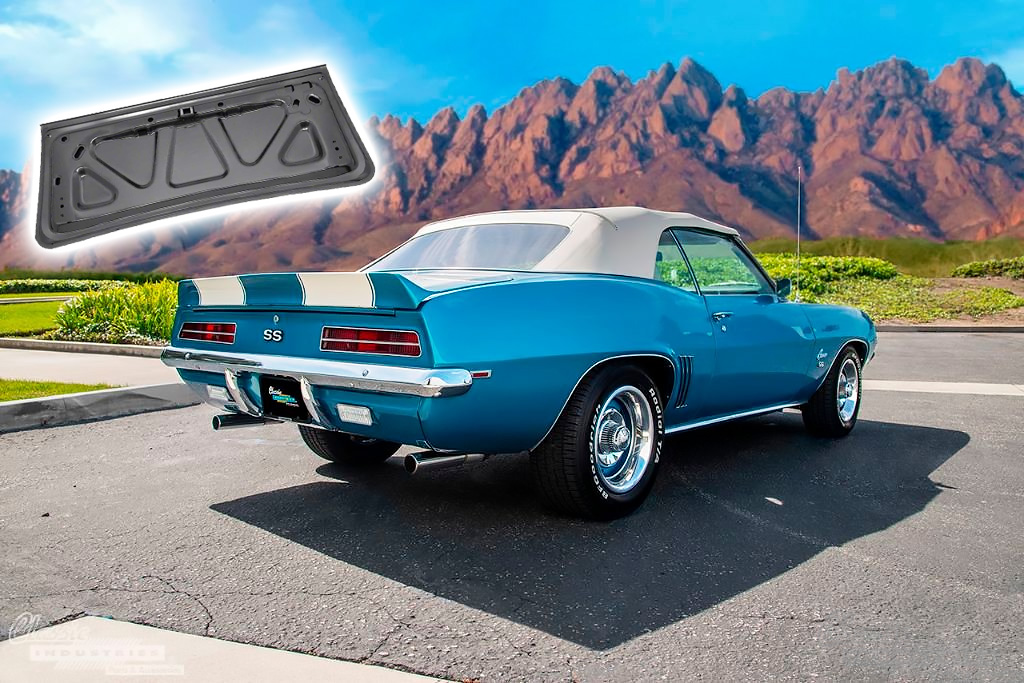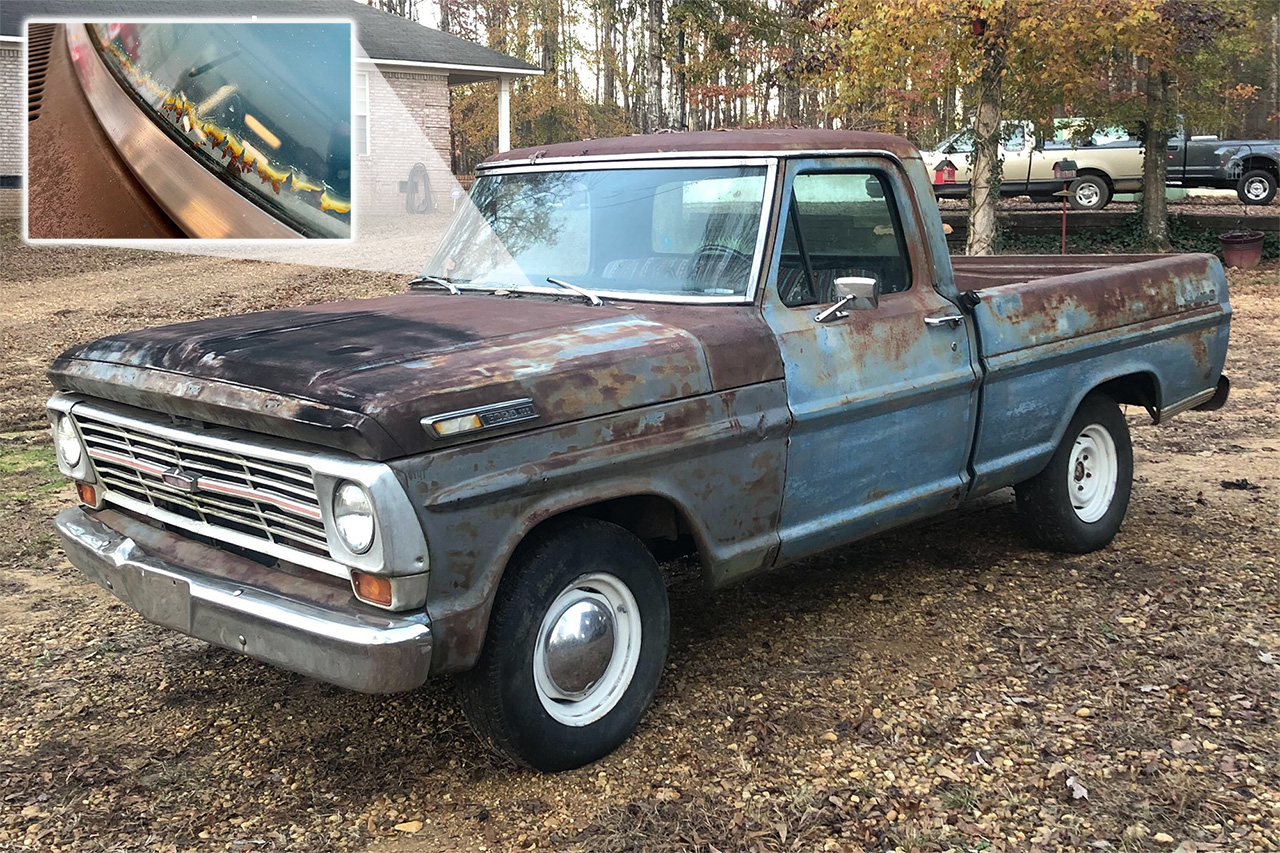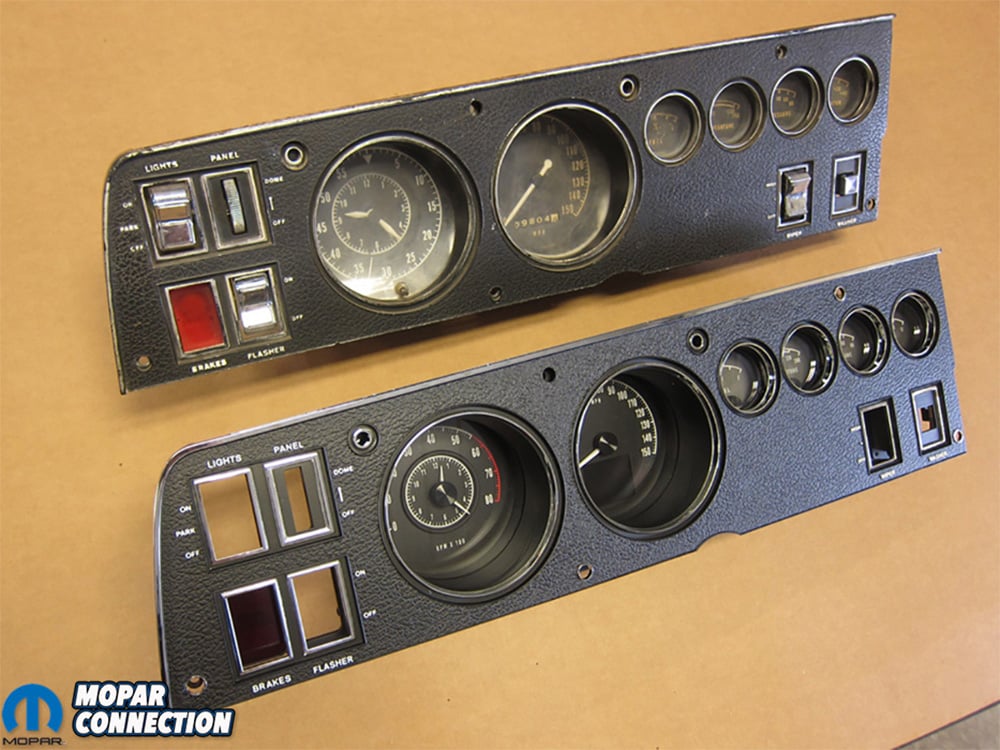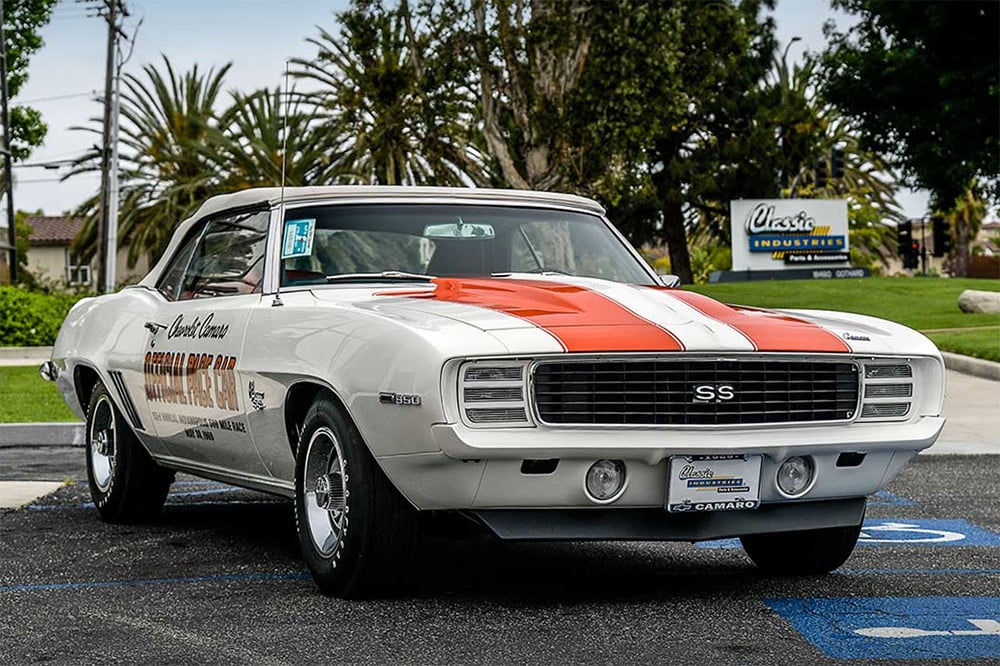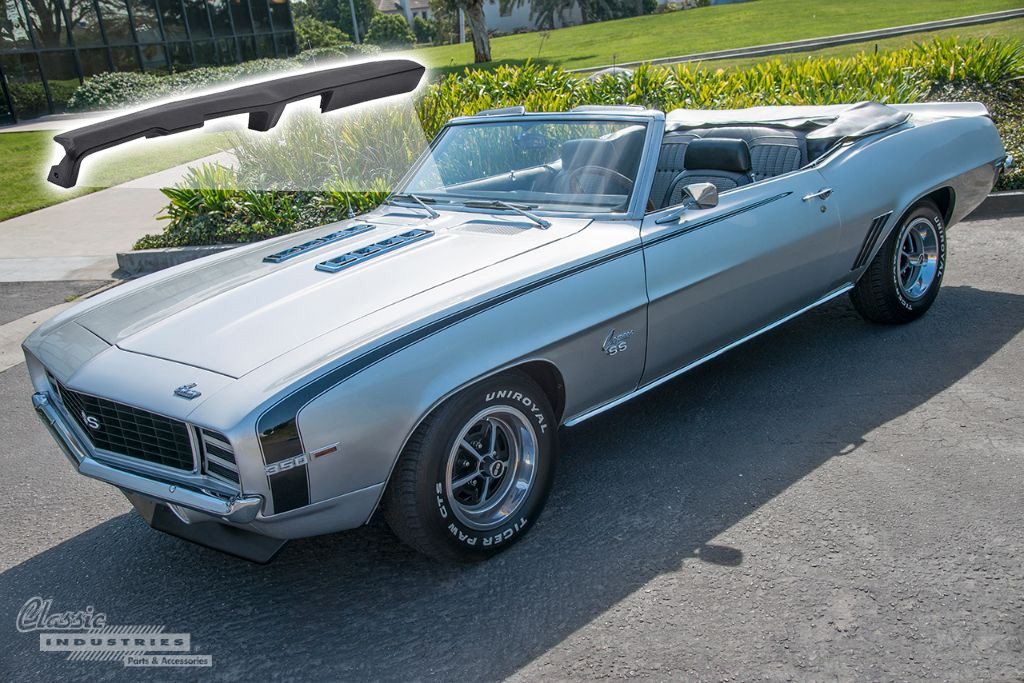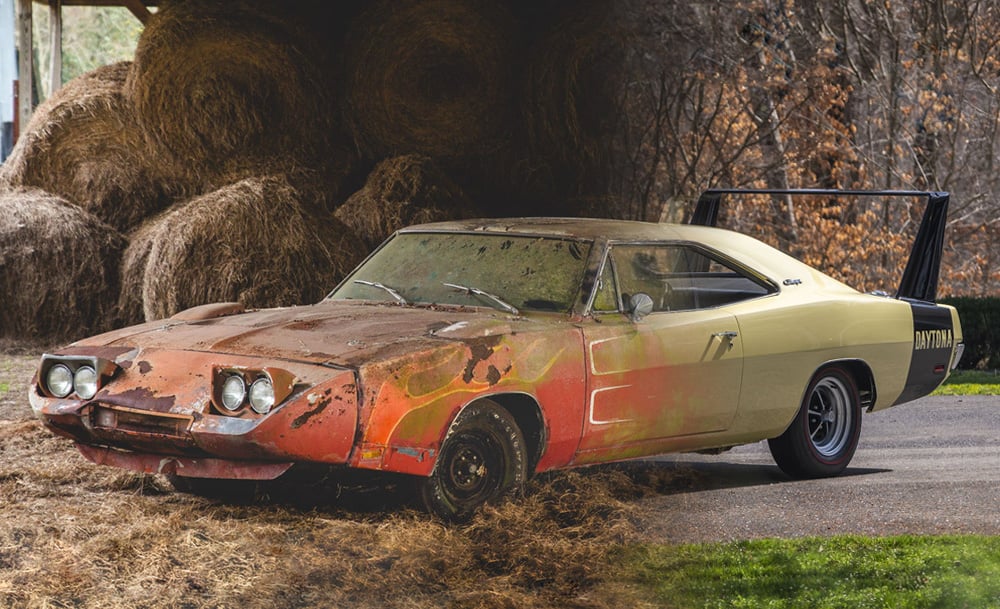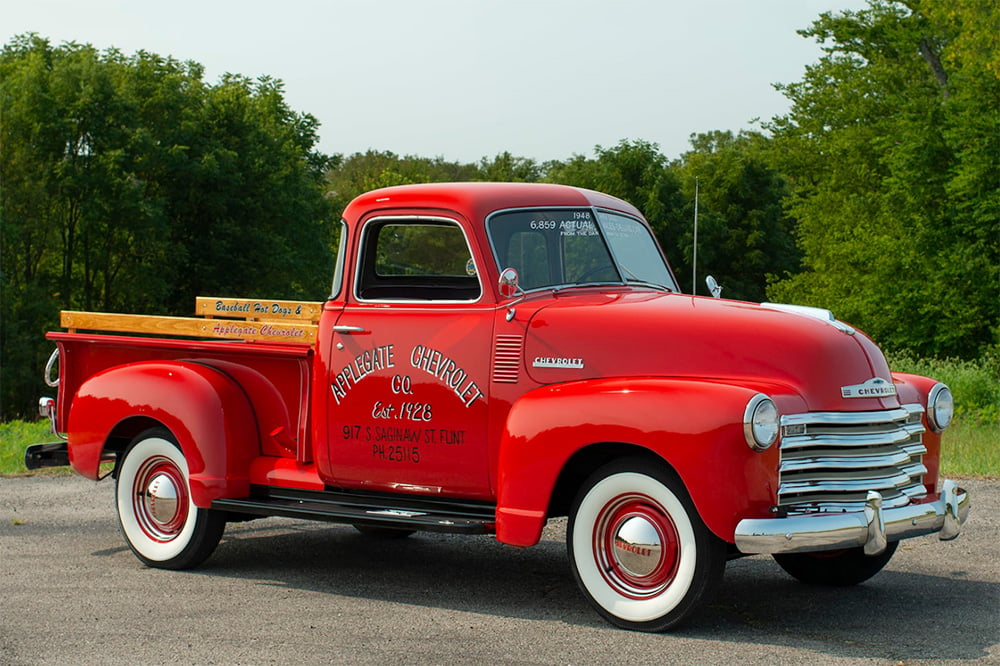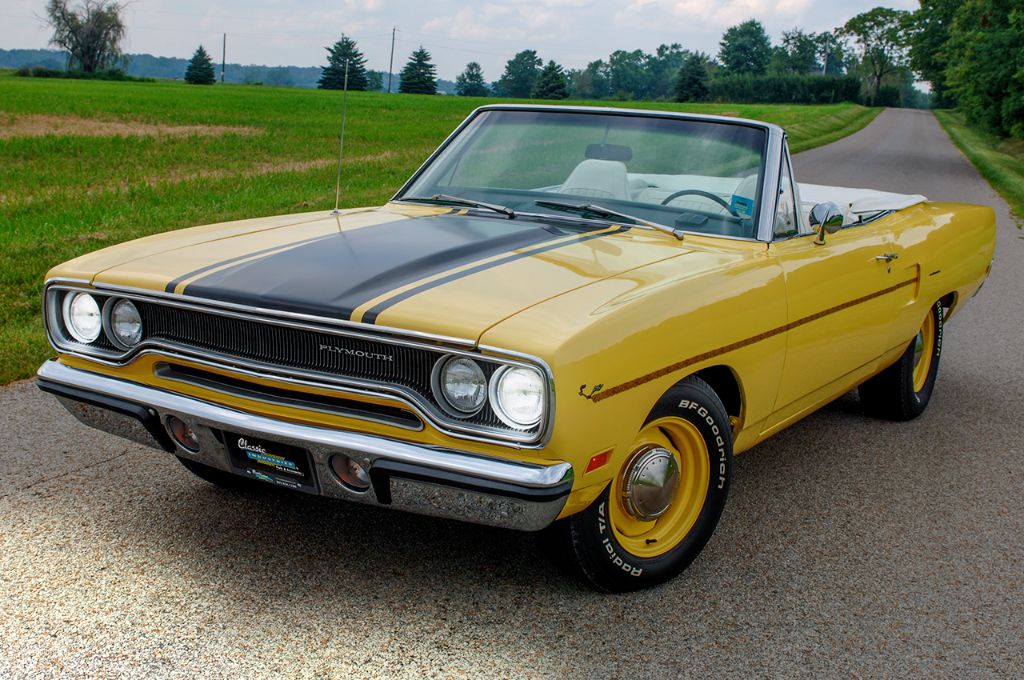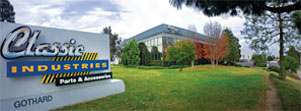Every gearhead knows the importance of regular oil changes, but when was the last time you considered the condition of your vehicle's fuel system? Over the years, sediment and debris can accumulate inside the gas tank, and while the fuel filter should stop it from entering the engine, it can cause other kinds of havoc. Such was the case for All Chevy Performance's 1977 Nova project — rust inside the tank had clogged up the fuel gauge sending unit, causing the car to run out of gas unexpectedly.



